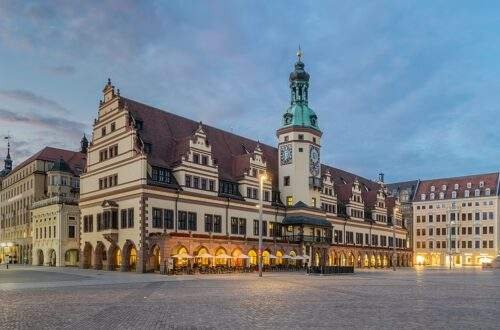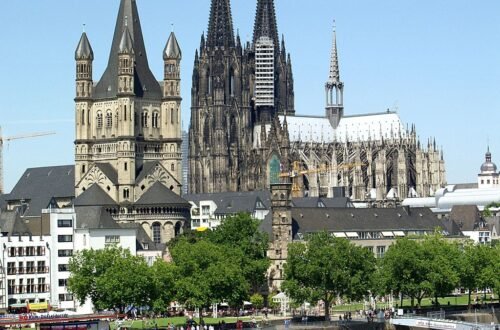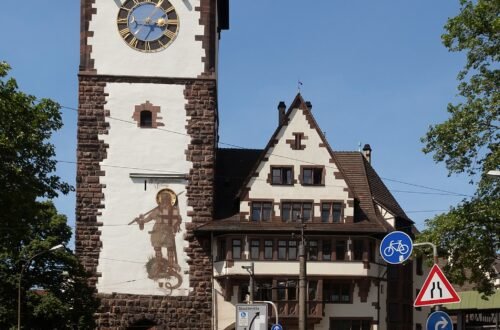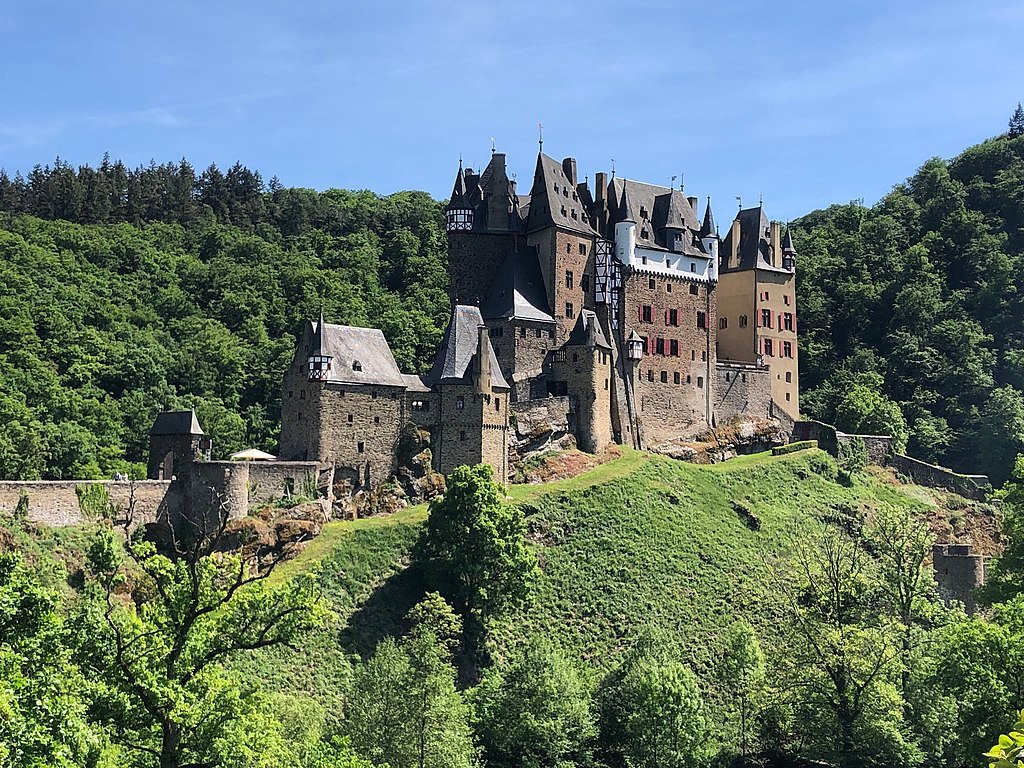
15 Things to Visit in Germany
The country of Germany, or Deutschland if you like, reminds me of long walks in lovely forests and going to castles. It is forested and hilly. I spent a lot of time in the country when I was younger and thoroughly enjoyed it all. However, I recall becoming quite irritable when my parents had us go on long walks on rainy days. You’ve probably heard of names like Albert Einstein, Ludwig van Beethoven, and Karl Marx because Germany has a long and rich history. however, I’m sure that many people will also be picturing a stunning busty blond female dressed in traditional attire serving you a half-litre of beer and a dish of bratwurst with sauerkraut. However, let’s move on to the list of the top 15 things to do in Germany!
- Berlin: Berlin Wall
- Aachen: Aachen Cathedral
- Herreninsel: Schloss Herrenchiemsee
- Rhineland-Palatinate: Burg Eltz
- Berlin: Museumsinsel (Museum Island)
- Bavaria: Wies Church
- Berchtesgaden: Berchtesgaden National Park
- Köln (Cologne): Köln Dom (Cologne Cathedral)
- Hohenschwangau, southwest Bavaria: Neuschwanstein Castle (Schloss Neuschwanstein)
- Würzburg: Würzburg Residence
- Saxony: Dresden Elbe Valley
- Berlin: Erholungspark Marzahn
- Schleswig-Holstein: Sylt
- Upper Middle Rhine Valley
- Regensburg: Old Town of Regensburg
Berlin: Berlin Wall

A dramatic turn of events on August 13, 1961, changed the face of Berlin for many years to come. The Berlin Wall, which was built to prevent East Berliners from leaving the Soviet-run East German state, became a symbol of division, terror, and oppression for everyone from that point on. Even though the last remaining pieces of the Berliner Mauer are nothing more than dilapidated, graffiti-covered spans of concrete, the sight is nevertheless enough to draw in hundreds of tourists. Recommended excursion: Tour by Bike of the Third Reich and the Berlin Wall
Aachen: Aachen Cathedral
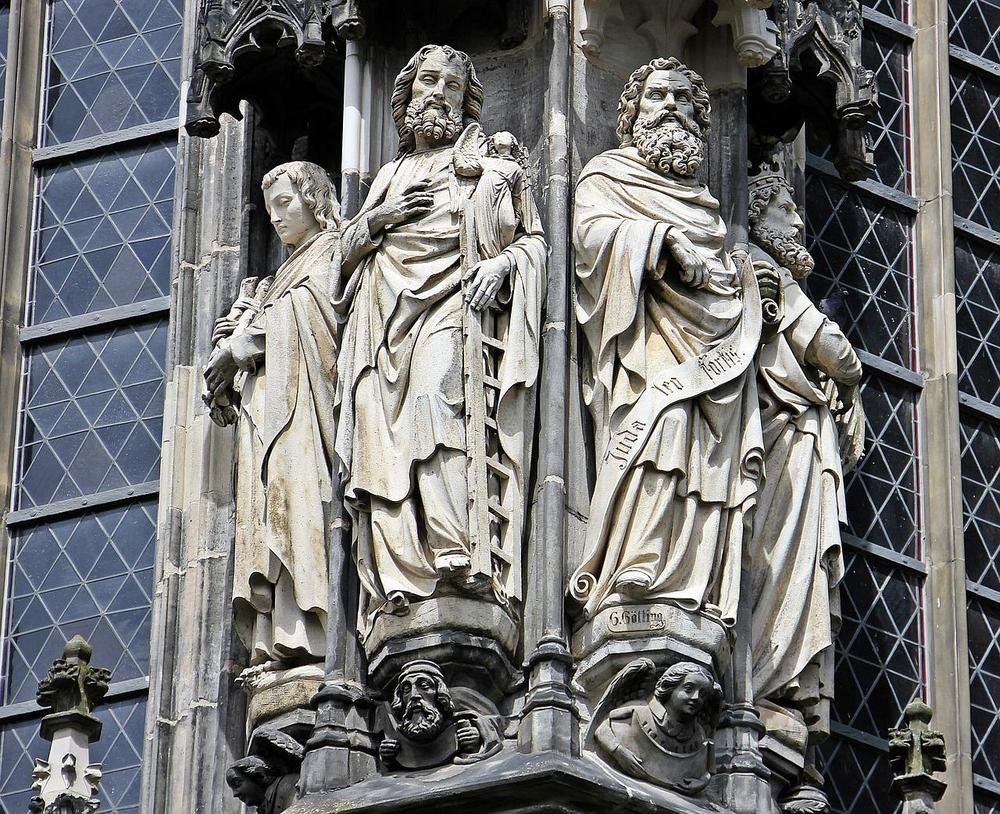
The oldest church in all of northern Europe is Aachen Cathedral, commonly known as the “Imperial Cathedral,” which was completed in 935. The building functioned as the church for the coronation of 30 German kings and 12 German queens between 936 and 1531. It was developed throughout the Middle Ages and further embellished by succeeding authorities, making it a complex and intricate masterwork of architecture. It was initially influenced by cathedrals that could be found in the Eastern Holy Roman Empire. Its choice to serve as Charlemagne’s ultimate resting place makes it maybe even more spectacular than other German buildings that have drawn inspiration from it.
Herreninsel: Schloss Herrenchiemsee
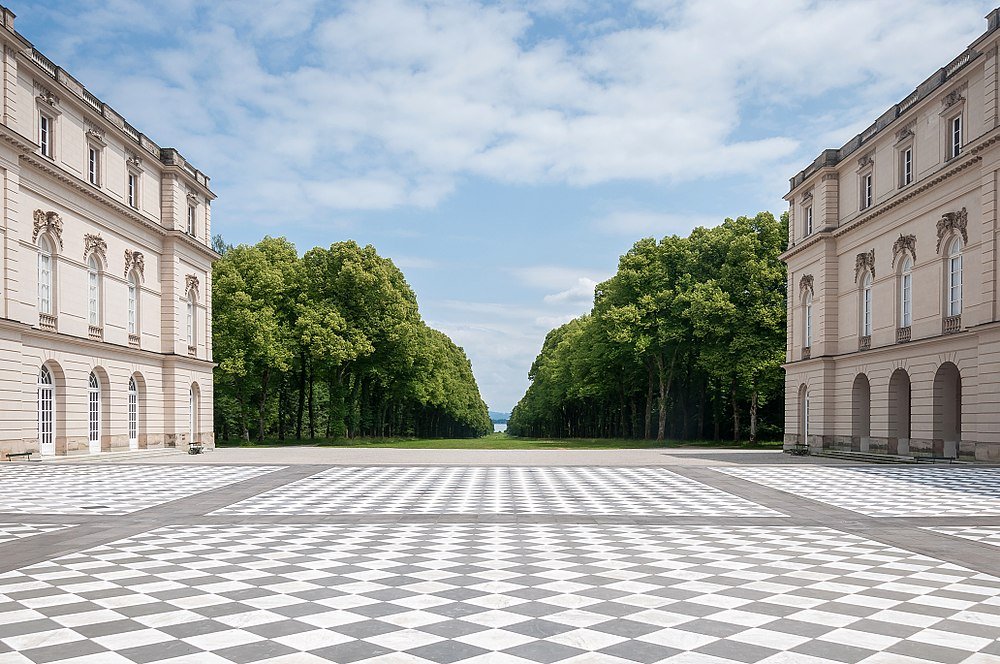
When he purchased Schloss Herrenchiemsee in 1873, King Ludwig II of Bavaria had the idea of building a Royal Palace in the middle of Bavaria’s greatest lake. Given that the location is breathtaking, the choice is also not surprising. The king’s final and most elaborate construction endeavour, Schloss Herrenchiemsee, which translates to “New Palace,” consumed more time and resources than either of his other two castles. The castle, which is modelled after Versailles and represents the height of excess, luxury, splendour, and vanity, is covered in gold and should not be missed, even for the magnificent backdrop of the palace alone.
Rhineland-Palatinate: Burg Eltz

Many who have visited Burg Eltz in Rhineland-Palatinate say that it’s Germany’s most beautiful castle and it typifies what historical courtyard romanticism should be about. It is undoubtedly true that the castle produces a stunning impact and that it is one of the very few intact medieval strongholds in all of Europe. The intricate Gothic ornamentation on the conical towers justifies the laborious climb up the hill as they stand up pleasingly from the Elzbach valley’s lushness. Interestingly enough, the castle comes with a good number of 15th-century lavatories that are fully flushable, which is in stark contrast to the sophisticated and enchanting Versailles which has none.
Berlin: Museumsinsel (Museum Island)
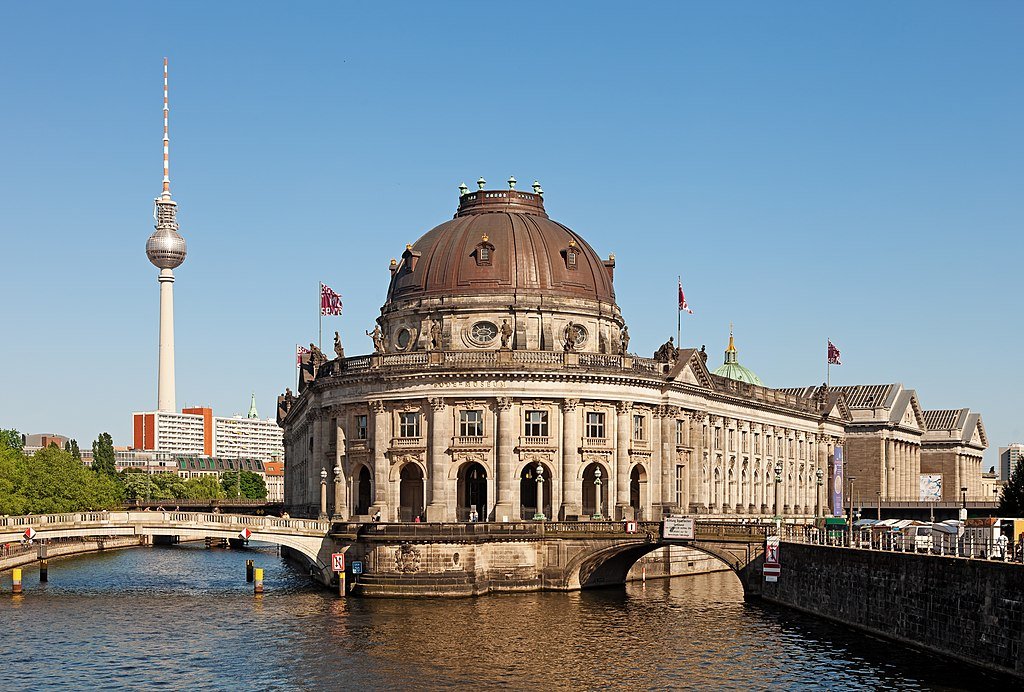
On the point of an island in the Spree River sits this collection of neoclassical buildings from the 19th century, which is regarded as one of the most significant museum complexes in the entire world. There are five museums, and they include wonderful collections of historical and anthropological artefacts as well as an assortment of sculptures and works from the Byzantine and Late Antique periods. There is something for everyone because of how large the collection is.
Bavaria: Wies Church
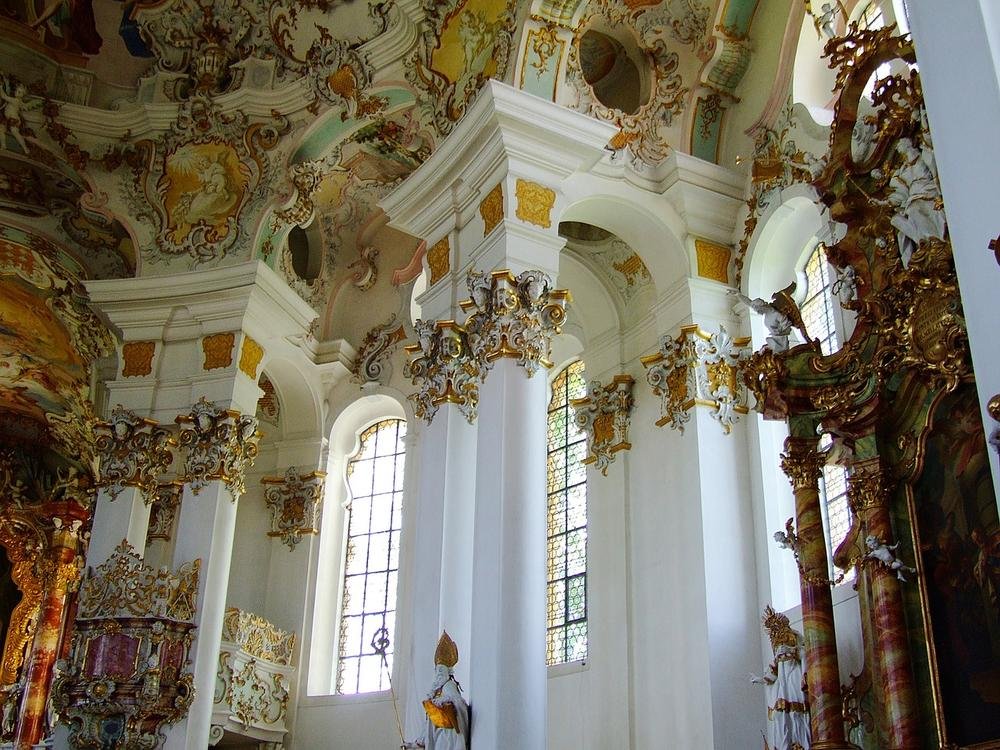
Wies Church, which stands modestly in the middle of nowhere in particular, sometimes leaves tourists wondering why it was built in such a remote location. However, after they have overcome their initial curiosity and have inside the whitewashed structure, they are frequently rendered speechless. A celestial mansion in all its ardent grandeur has suddenly risen where previously stood a crumbling wooden figurine—a wailing image of the Scourged Saviour. Naturally, it is also entirely deserving of its UNESCO designation. An intense aesthetic and spiritual experience is sparked by the stark contrast between the interior’s incredibly intricate decor and the exterior’s harsh surroundings.
Berchtesgaden: Berchtesgaden National Park
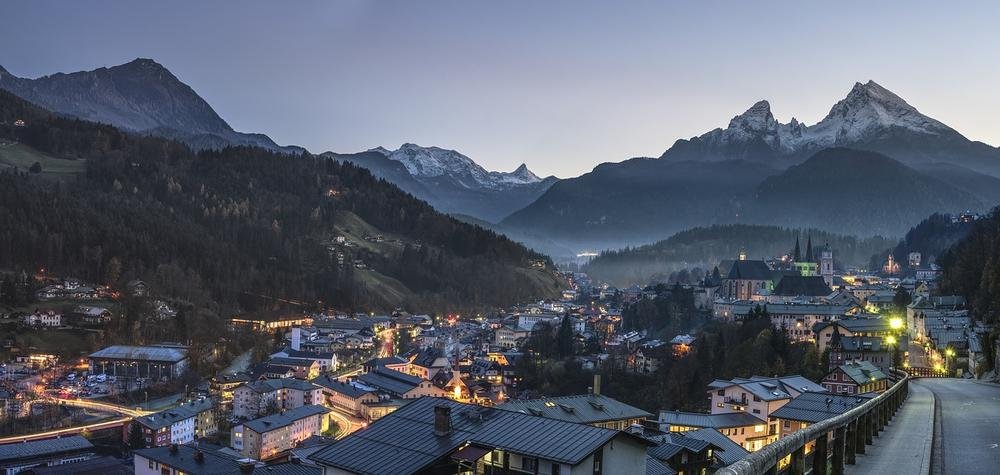
The Berchtesgaden National Park is an example of untouched nature that hasn’t been significantly altered by human intervention. The national park is essentially a refuge of dense forests, clear lakes, cliff sides, rolling meadows, and tranquil tiny towns. Clear-marked trails wind through the breathtaking surroundings and are teeming with chances for cycling, hiking, and Nordic walking. And don’t forget to visit lake Königssee, which is just as stunning as the majority of Norwegian fjords with the exception that it is cleaner.
Köln (Cologne): Köln Dom (Cologne Cathedral)
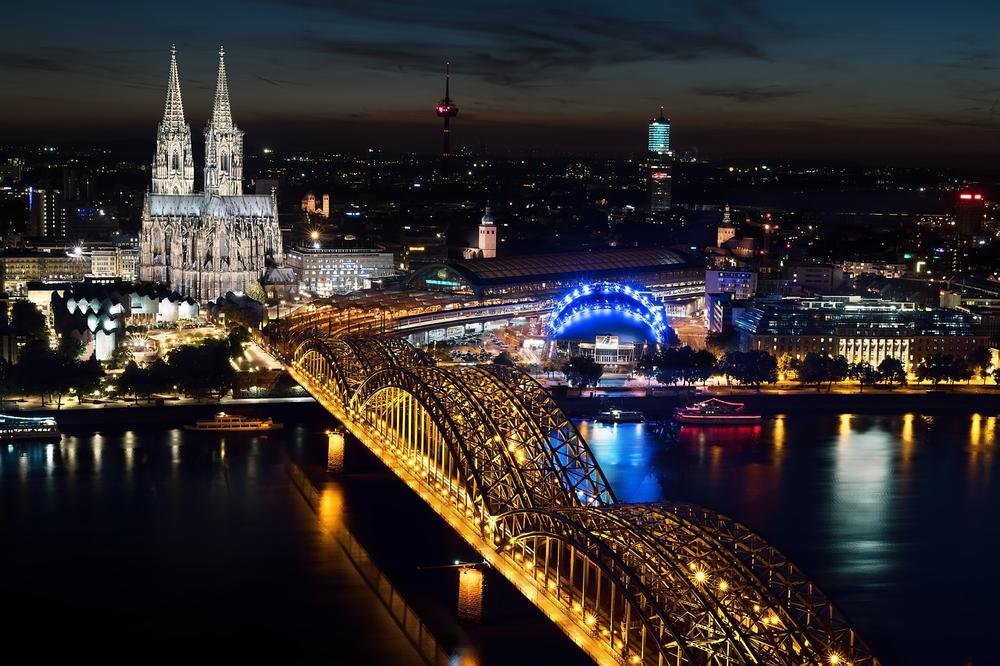
The fascinating thing about the Cologne Cathedral is that every feature that has been added replicates the original plan, even though it took roughly 600 years to complete. In 1996, UNESCO added the cathedral to the World Heritage List, and for good reason, the construction is something of a masterpiece of engineering. Three golden-crowned skulls said to be from the Three Magi, are kept in the cathedral, which stands on the site of a Roman temple from the fourth century. Unaware visitors are always in awe of the cathedral’s rich adornment and intimidating façade.
Hohenschwangau, southwest Bavaria: Neuschwanstein Castle (Schloss Neuschwanstein)
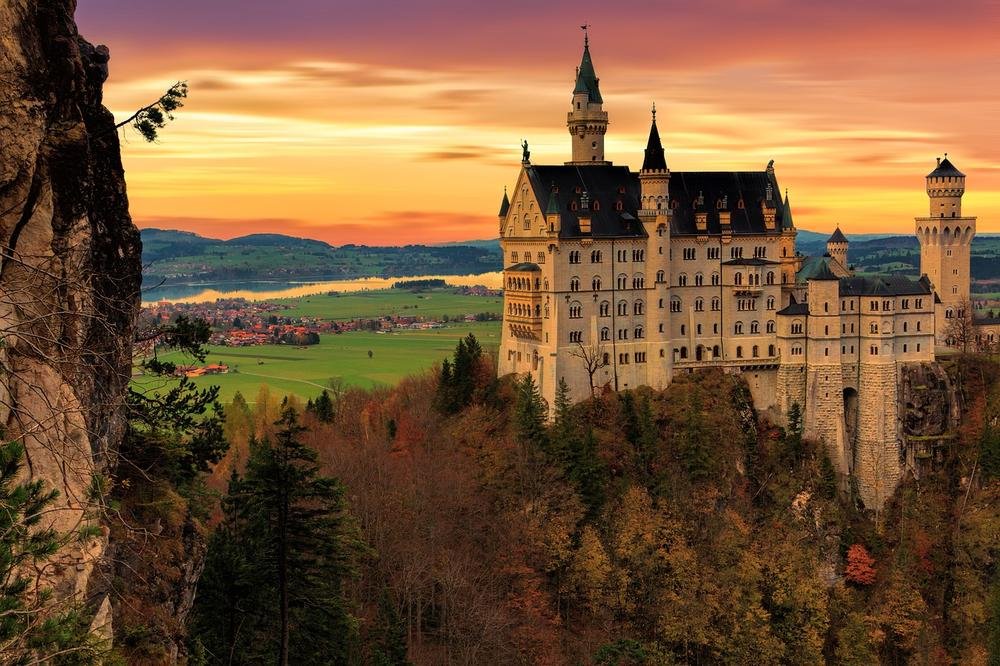
The Schloss Neuschwanstein towers over the Bavarian woodlands like a fantasy castle. Given that it is Germany’s most famous structure, you will understand why the Bavarian “Schloss” served as a model for the castle in Disneyland’s Sleeping Beauty. The castle is magnificently crafted, both in terms of its architecture and the regal decoration it displays both inside and out. The castle was built by Ludwig II of Bavaria in the middle of the nineteenth century as a getaway, and because of his passion for the classical music created by Richard Wagner, he dedicated it to the composer.
Würzburg: Würzburg Residence
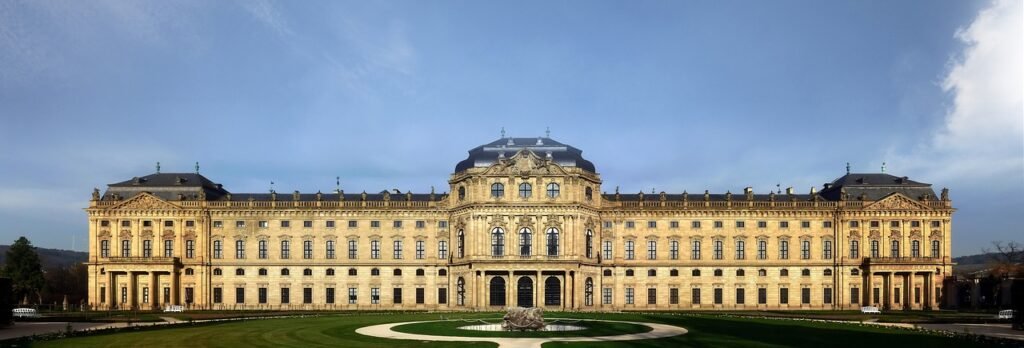
The magnificent Würzburg Residence, which is in the Baroque architectural style, was finished as a result of Archbishop Johan von Schonborn’s ravenous and intensely interested demands for a superb structure, based solely on his obstinacy. The most renowned architects from Germany, France, and Austria were among those involved in its planning, and eventually, an impressive U-shaped palace with its 300 rooms was constructed. The lavish interiors must be seen to be believed, and the meticulously maintained gardens encircle the palace completely. The house is a UNESCO World Heritage Site as well. Related excursion Würzburg: Tour by Sightseeing Train
Saxony: Dresden Elbe Valley
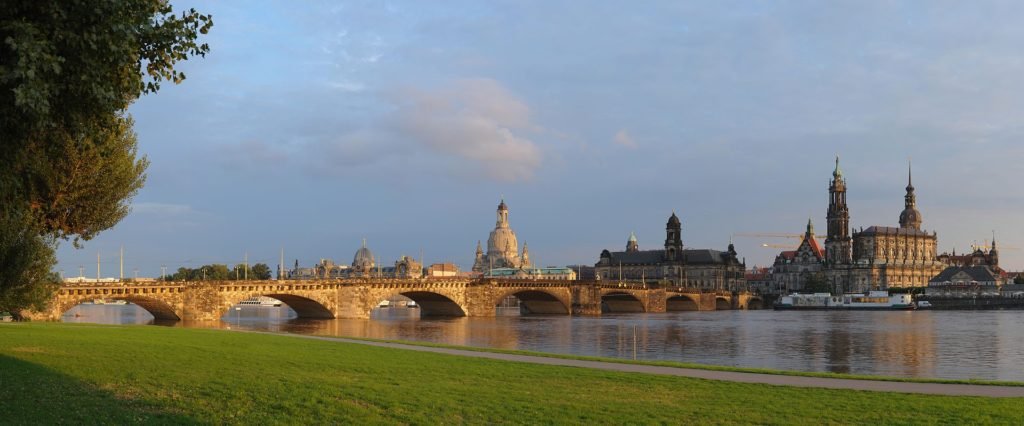
A brief 12.5-mile (20 km) section of the Dresden Elbe Valley, where the natural and cultural values converge, is dotted with imposing castles, picturesque villages, historic districts, gorgeous churches, and enormous bridges, making it the perfect weekend getaway. The valley is a landscape of unassuming beauty and a flurry of spectacular occurrences, which together create a stimulating yet tranquil environment that offers plenty of interest to all of its guests. Dresden still represents a beautiful fusion of culture, politics, education, and economics despite the devastating allied bombings of 1945, making it a great starting point for exploring the Elbe Valley.
Berlin: Erholungspark Marzahn
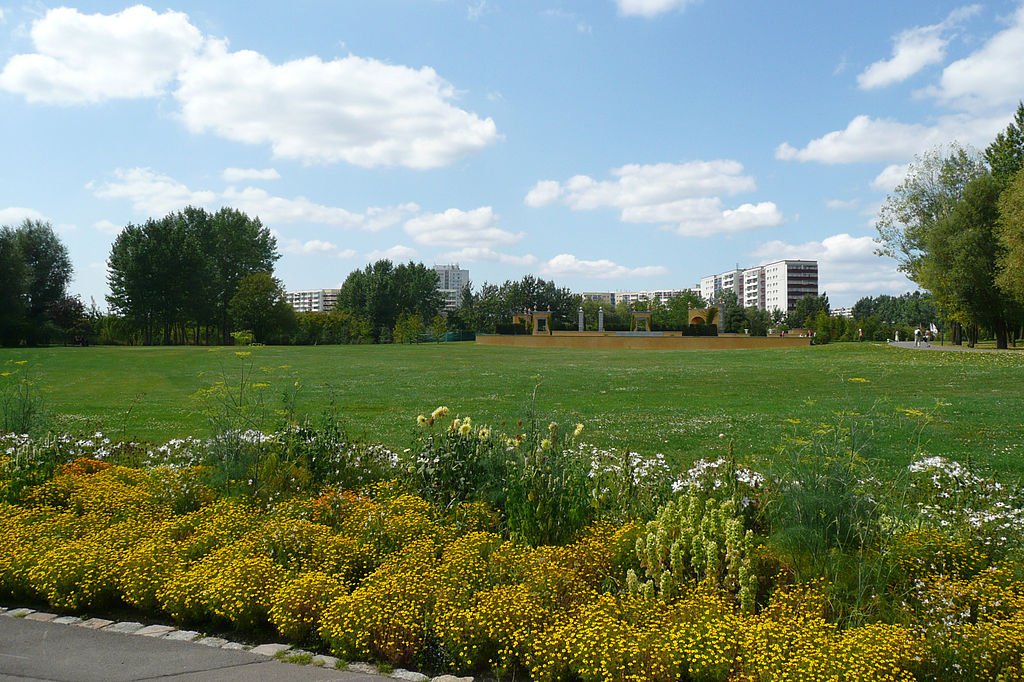
The extensive construction of the public park known as Erholungspark Marzahn by the German government was finished in 1987. The result is a rather unique combination of an oasis of tranquillity combined with cosmopolitan beauty, all within a bustling urban reality. The Chinese garden is the largest of its kind outside of China and was entirely created by local artisans and landscape architects. You can see ponds, pavilions, waterways, traditional architecture, as well as traditions that are emblematic of nations like Italy and Korea when you visit the gardens. Undoubtedly a magnificent piece of art that any traveller to Berlin should see.
Schleswig-Holstein: Sylt
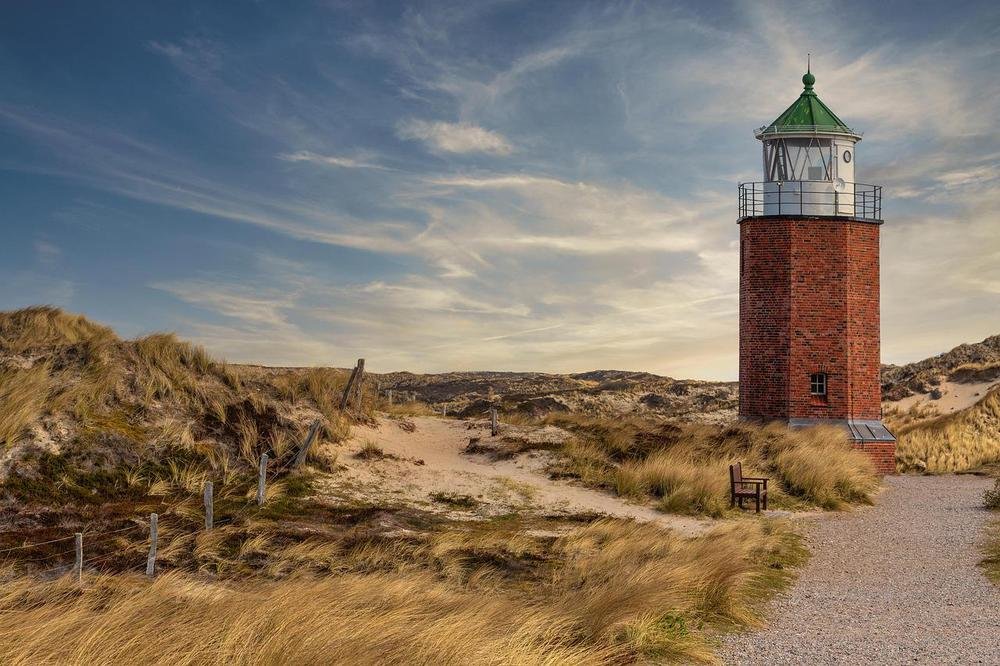
The oddly called Sylt tries to encapsulate a lot of what people often feel is lacking in Germany: tranquillity, shifting dunes, hair-raising surf, a laid-back vibe, gorgeous lighthouses, and lots of sunshine. Sylt, which is frequently referred to as the “St. Tropez of the North” and is located on an elongated piece of land on Germany’s northern coast overlooking the North Sea, is seen as a fine combination of vivacious nature and world-class glamour, where high-end boutiques alongside busy restaurants and tranquil coves witness wave upon wave of tourists throughout the summer. Even without anything else, the views are captivating.
Upper Middle Rhine Valley
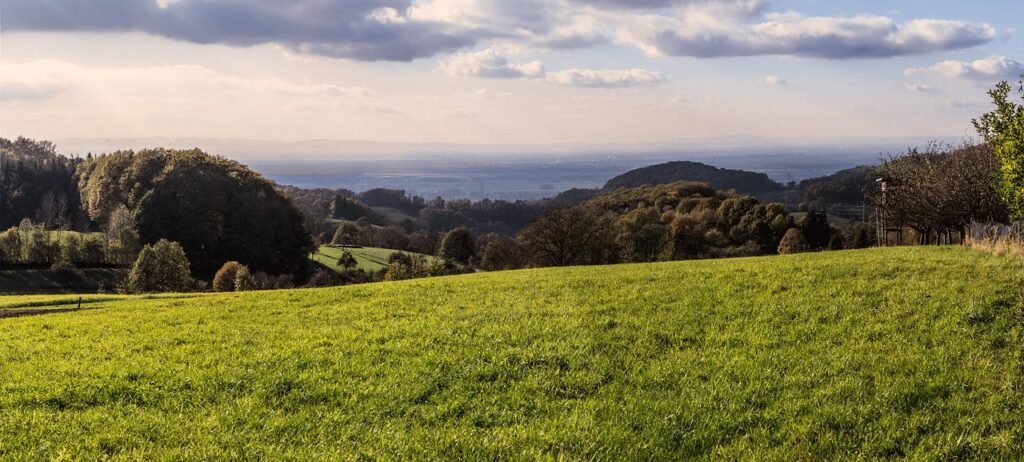
Since ancient times, the Middle Rhine Valley has served as one of Europe’s most important transportation corridors, facilitating cultural exchanges between the northern and southern hemispheres. However, the upper 40-mile (65 km) stretch has been a never-ending source of inspiration for artists. The region, which is rich in sun-drenched vineyards, ancient cities, and picturesque castles, perfectly illustrates the healthy relationship that individuals can have with their surroundings. It is wise to travel by boat, ideally on board the last of the last paddle steamers on the Rhine, the Goethe, to experience and see the landscape from the best vantage point.
Regensburg: Old Town of Regensburg
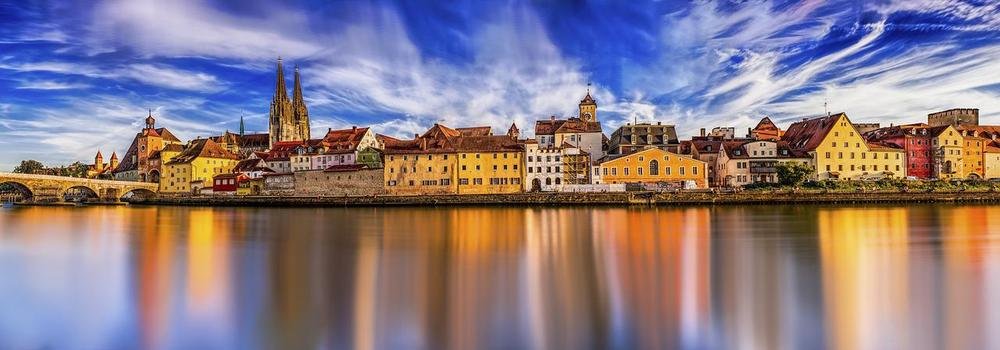
The Romans established Regensburg in 179 AD, and it is currently a bustling commercial and cultural hub. The ancient town has received UNESCO World Heritage designation because it displays numerous outstanding signs of a wonderfully affluent past. German creativity and romance are sensory experiences that can be had when strolling through the town. It’s not so much an urban centre as it is an outdoor museum because it has been superbly conserved and has been unaffected by countless wars. A significant portion of the territory is made up of numerous monastic communities, churches, and aristocratic homes and towers. Once there, it’s simple to imagine yourself travelling through the Middle Ages.


